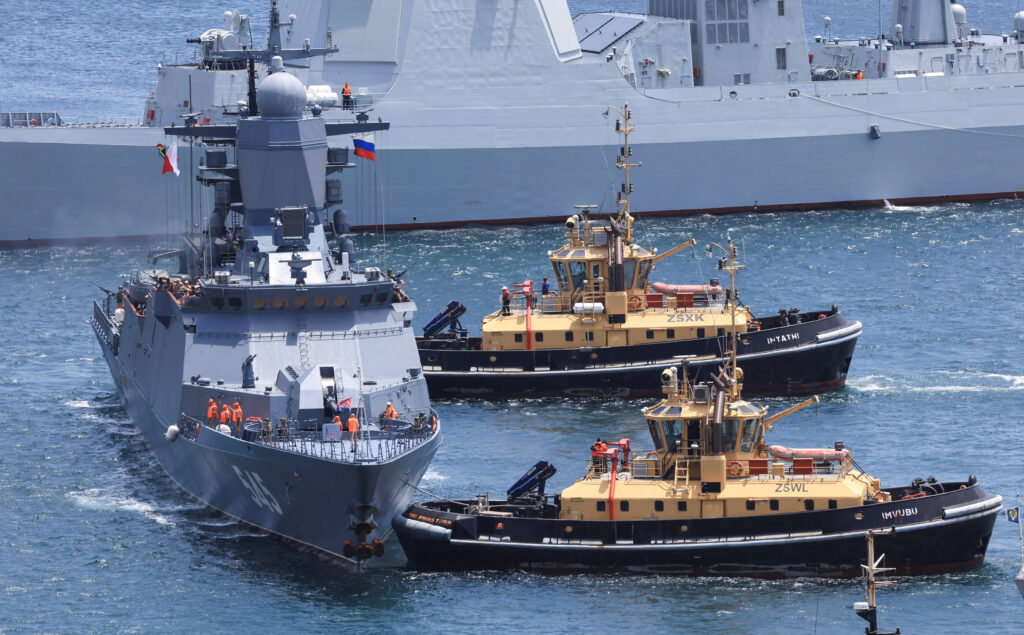Share
|
Getting your Trinity Audio player ready...
|
The Fresno Fire Department does more than douse flames to keep the community safe.
“We pretty much go on everything,” said training Capt. Shane Brown.
In 2022, 62% of calls for service were for medical aid.
“We want to get a medical professional to that person as quick as possible. In a perfect world, in four minutes or less right now,” Brown said.
HazMat, water rescue, and knocking down brush fires are among the department’s other services.
New Medical Squads Helping
Last year, the fire department began deploying smaller non-fire engine trucks to medical calls. This has helped in several areas, Brown said.
“A lot of the calls we were going to didn’t necessitate a fire engine. So we started paring down the types of calls we would go to,” Brown said.
Instead of a 40,000-pound engine with water and multiple crew members, the fire department implemented three “squads,” firefighters who double as EMTs, equipped with medical gear. The trucks carry only two firefighters, who will meet an ambulance at the scene of non-Priority 1 calls. Priority 1 calls are considered difficulty breathing, chest pain, and trauma — such as a car accident or gunshot wound. A full fire truck still responds to those situations.
Brown said the change has had a “big impact.”
For 2023 through August 1, “Squad 3,” located near downtown, responded to 1,648 calls. “Fire Engine 3” responded to 2,231 calls during the same period.
“It is saving diesel fuel — those 40,000-pound fire engines rumbling down the street. They beat up the suspensions. They beat up the motor. They go through fluid. It requires more maintenance more often because now you’re adding mileage to these rigs. Most importantly, it is taking a firefighting apparatus out of service to handle a medical emergency. So when there’s a fire that comes in, another engine has to come from further away,” Brown said.

Specialty Squads
“Sometimes you are (standing around). And what you’re doing is you’re on deck, right? So it’s just like having a bench on a football team. You have 11 players, but you have 60 players on the team, don’t you? Those other 50 players aren’t sitting at home.” — Fresno Fire Training Capt. Shane Brown
Fresno Fire went to 109 HazMat calls in 2022. The calls range from oil spills to lithium-ion battery fires. HazMat crews receive 12 weeks of additional training.
“That team can basically be called out for a suspicious drum that nobody knows what it is. We’ve got the white powder calls, you name it,” Brown said.
There are five HazMat members on duty daily. The unit will respond to the scene along with a fire engine. Sometimes, there can be up to 12 people, maybe more, on the scene. The HazMat team is charged with assessing the danger to the public.
The HazMat team has responded to 99 incidents through mid-December this year.
“We’re looking at water runoff into the storm drains. We’re looking at potential hazards downstream to the public. We’re looking at … who’s responsible for taking over the material once we leave?” Brown said.
In some cases, outside agencies such as PG&E, Fresno County Public Health, or Environmental Health respond to hazardous materials situations. Other times, it could be a private company. One determinant is whether the incident is on public or private property.
The goal is to preserve people first, then property. Every call has a strategy, that a captain has only split seconds to devise, Brown said. That includes letting a vacant property burn if it is too dangerous to go inside.
“Sometimes you are (standing around). And what you’re doing is you’re on deck, right? So it’s just like having a bench on a football team. You have 11 players, but you have 60 players on the team, don’t you? Those other 50 players aren’t sitting at home,” Brown said.
Logistics are at play of which crews cover which incident, and when to cut units loose. Brown said it is a “chess game.”
The four-member water rescue team, based out of Station 19 (Belmont and Marks avenues), has boats and dive equipment for river and canal incidents. They had responded to 86 incidents this year through mid-December.

The urban interface team helps with fires— especially at the river bottom and with brush fires, problems that are more prevalent in the summer. They have special trucks that can reach out-of-the-way areas. It allows Fresno Fire to help with regional wildfires, such as the Creek Fire.
There is also a unit dedicated to communications, notably fixing radio equipment.
“We could go out to a fire tonight and your radio gets wet and destroyed because it’s part of doing business. Sometimes, it’s just things happen. It’s a rough job,” Brown said.
There is a specialty fire unit at Fresno Yosemite International Airport, not only to help out with commercial airline emergencies but also with military aircraft.
And those presentations at local schools? That is part of the community outreach team.

Fire’s Budget and Salaries
Right now, 103 firefighters work in Fresno per day — that figure will increase by one in February. Overall, there are 350 firefighters on staff. That is not enough for a city Fresno’s size, Brown said. Shifts are generally two straight days on, and four off. Firefighters are allowed to rest when they can during a shift.
He said a good figure is one firefighter per 1,000 residents. Brown would like to see 600 on staff to also account for all the visitors Fresno receives daily beyond its nearly 550,000 population.
The fire department has a $127 million budget for Fiscal Year 2024 — broken down as $100 million for operating costs; $25 million for capital projects; and $2 million other. The city increased the budget by $24.3 million from the previous year.
The city spends 17% of its general fund dollars on the fire department (approximately $85 million of the fire department’s budget). The remaining funding comes from city special revenue and capital funds.
The department is currently allocated 375 sworn firefighter positions supported by 53 civilian employees.
Firefighters in non-management positions earn $64,680 a year in base salary for a trainee and up to $126,468 for a fire captain. Fire Chief Billy Alcorn’s salary is $230,000 plus benefits.
RELATED TOPICS:
Categories




















